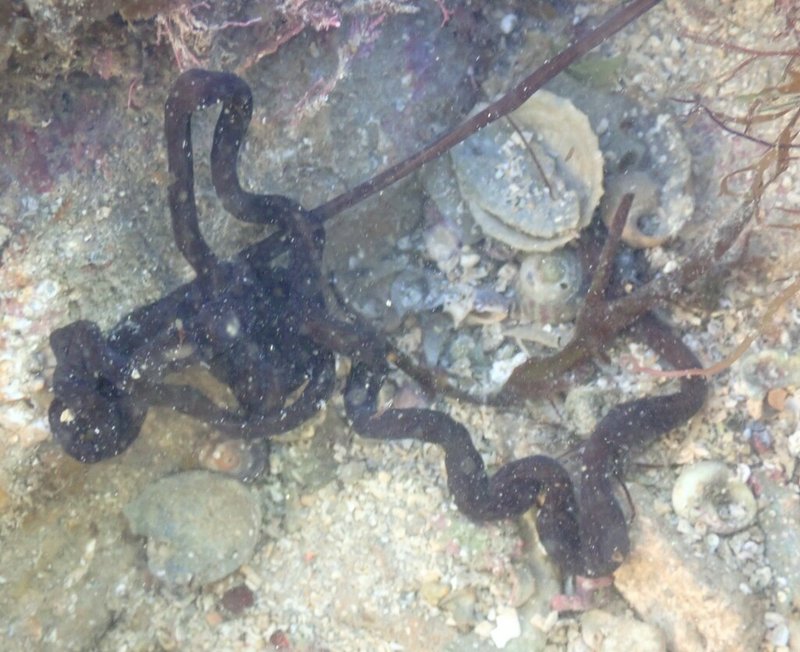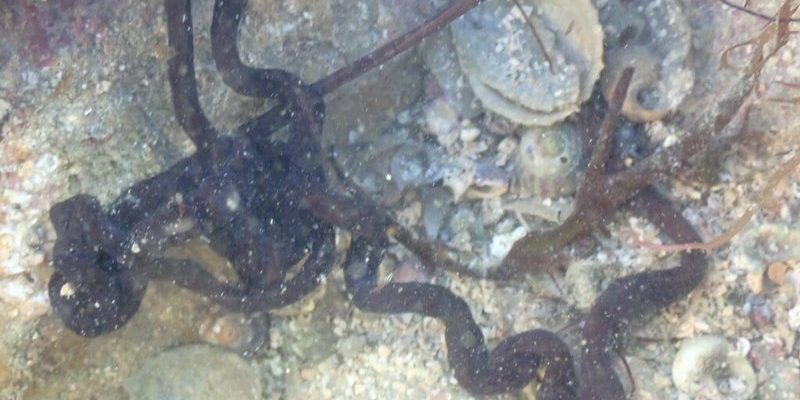
Now, think of them as nature’s little mysteries. While they may look like simple worm-like creatures, there’s a lot more happening under the surface. They play a crucial role in their ecosystems, and understanding them can help us learn more about our oceans and coastal areas. Plus, as a citizen scientist, you can contribute valuable data to researchers and conservationists while enjoying the outdoors. So grab your notebook and let’s dive into the world of bootlace worm observations!
What Are Bootlace Worms?
Bootlace worms are part of the *Nemertea* phylum, often referred to as ribbon worms. They’re known for their long, slender bodies, which can be quite colorful, displaying hues of green, yellow, and red. One of the standout features of these worms is their unique anatomy. Unlike many other types of worms, they have a specialized structure called a proboscis. This is somewhat like a long tongue that they can extend to catch prey, which mainly includes small crustaceans and other marine animals.
You might be wondering why they’re called bootlace worms. It’s because their long, thin bodies resemble the laces of your favorite pair of boots—long and flexible. Imagine watching one gliding through the water, and you’ll see why they’ve earned such a nickname!
Where to Find Bootlace Worms
Bootlace worms usually inhabit coastal areas, often burrowing in sand or mud. If you’re keen on spotting them, the best times are during low tide, when you can access tide pools or sandy beaches. Look for them in shallow waters, typically along the Atlantic coasts of Europe. They often come out when the tide goes out, making them easier to observe.
When searching for bootlace worms, be gentle. They can be very fragile and might break easily. Using a small shovel or your hands to sift through the sand can help you find them without causing too much disturbance to their habitat.
Documenting Your Observations
As a citizen scientist, documenting your observations is super important. You can keep a field journal or use a mobile app designed for nature observations. Here’s how to go about it:
- Record the Date and Time: Always note when you spotted the worm. This can help track their activity patterns.
- Take Photos: Capture clear images of the bootlace worm in its environment. This visual evidence is crucial for identification.
- Note the Location: Use GPS coordinates or simply describe the beach or coastal area you’re in.
- Describe the Conditions: Was it sunny, cloudy, or windy? What was the tide level? These details can provide context for your observations.
Documenting these details can help researchers gather data on the distribution and population of bootlace worms.
Common Challenges in Observing Bootlace Worms
Like any outdoor activity, observing bootlace worms can come with its own set of challenges. Here are a few you might encounter:
1. **Identification Confusion:** Bootlace worms can sometimes be mistaken for other types of worms or marine life. Make sure to familiarize yourself with different species beforehand.
2. **Environmental Factors:** Weather conditions can affect your ability to observe these creatures. Rain or rough seas might lower your chances of seeing them.
3. **Fragility of the Worms:** As previously mentioned, bootlace worms are delicate. Be careful not to damage them while observing or handling them.
4. **Tide Timings:** You’ll have to plan your outings around the tides. Missing low tide can mean missing the chance to see these fascinating creatures.
Stay patient and flexible; the rewards of observing these wonders in nature are worth the effort!
Engaging with the Community
One of the best parts of being a citizen scientist is connecting with others. There are plenty of online platforms and local groups focused on marine biology and citizen science. By sharing your findings, you can learn from other enthusiasts and experts.
Consider joining social media groups or forums dedicated to marine life. Sharing your observations and photos helps build a community of like-minded individuals who are passionate about ocean conservation. You might also find local workshops or events that focus on ocean ecology, which can deepen your understanding and enhance your observation skills.
Why Observing Bootlace Worms Matters
Every observation helps contribute to our understanding of marine ecosystems. Bootlace worms, while they might seem small or inconsequential, play an essential role in the food web. By documenting them, you’re helping scientists gather data that can lead to better conservation efforts.
Furthermore, participating in citizen science boosts awareness about environmental issues. It allows you to appreciate the delicate balance of ecosystems and encourages responsible behavior toward nature. It’s a chance to make a difference, even in small ways!
Getting Started as a Citizen Scientist
You don’t need to be an expert to start observing bootlace worms. Here’s a quick list to help you get going:
- Research: Learn about bootlace worms and their habitats online or through books.
- Gather Tools: Bring a notebook, camera, and possibly a magnifying glass or field guide to help with identification.
- Plan Your Trip: Choose a nearby beach or coastal area and determine when low tide occurs.
- Start Observing: Take your time, enjoy the experience, and document everything you find!
Remember, it’s not just about spotting bootlace worms; it’s about the journey of discovery and the joy of connecting with nature.
In conclusion, observing bootlace worms offers an exciting and rewarding experience for citizen scientists! Not only does it deepen your understanding of marine ecosystems, but sharing your findings also contributes to valuable research efforts. So whether you’re armed with a notebook or just your curiosity, venture out and explore the fascinating world of bootlace worms. You might just uncover the mysteries of the ocean—one bootlace at a time!

